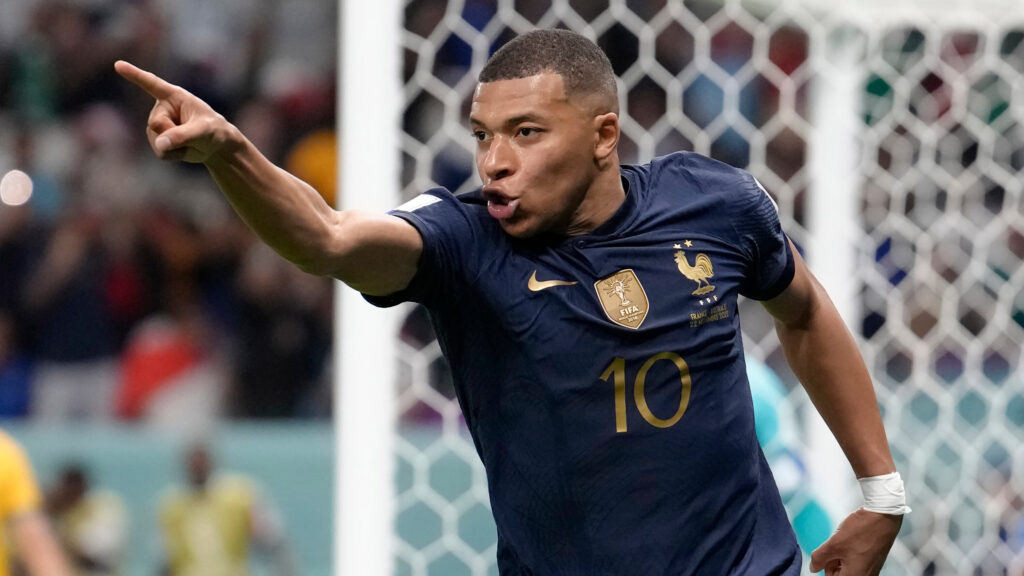World Cup highlighted the best and worst, on and off the field

By DERON SNYDER (as published by theGrio)
Not that I’ve watched loads of soccer in this lifetime, but Sunday’s World Cup final between Argentina and France was the most exciting match ever!
Don’t take it from this casual observer of the planet’s most popular sport. Numerous experts and devotees say this game was the greatest of all time, a back-and-forth rollercoaster of emotions that ended in a penalty-kick shootout. You didn’t have to be an aficionado expert (especially on what constitutes being offsides) to enjoy the high-stakes drama that captivates the world every four years.
Lionel Messi scored twice for Argentina to capture the lone trophy that his remarkable career lacked. But Kylian Mbappè (four goals) stole the show for France, which won the 2018 World Cup and finished second this year with a lineup full of brothers. The French squad could almost pass as Team Wakanda.
“Today, football continues to tell its story, as always in an enthralling way,” Brazilian legend Pelè posted on Instagram. “… What a gift it was to watch this spectacle to the future of our sport.” He also congratulated Morocco for reaching the final four, adding “it’s great to see Africa shine.”
The Mother Continent shone brightly over here, too.
A record dozen Black players were on the USA’s 26-man roster this time, including captain Tyler Adams, a 23-year-old from upstate New York. There were 12 Black players on the 1994, 1998 and 2002 squads combined. “The diversity of this team is the diversity of America,” coach Gregg Berhalter said.
Which brings us to the international socio-political aspect of this column.
As an unashamed member of #RootingForBlackPeople, I found pride and joy in watching Mbappè score thrice, including goals 90 seconds apart to tie the match at 2-apiece. Only 23 and playing in his second World Cup, he’s already among the event’s most prolific scorers ever (12 goals). Compatriots cheered wildly for the phenom and his brown teammates representing “Les Bleus,” with France nearly becoming the first back-to-back champ since Brazil in 1962.
If only international athletic competition brought people together for real, besides just stadiums and viewing parties.
Mbappè grew up in a ghetto near Paris, where black and brown youngsters are overpoliced and overcrowded – like in our country. His ascent to fame and fortune dilutes the “otherness” he’d experience were he not a star – like in our country. France – which colonized 20 African countries and forced Haiti to pay reparations to former slaveholders – has a bloc of folks who swear they’re superior to immigrants and Black people they once controlled – like in our country.
“It’s like you have to be exceptional to be seen,” French writer, filmmaker and activist Rokhaya Diallo told NPR. “Like you cannot just be an average person and be considered as being part of the national fabric. You have to be the best hip-hop artist, the best actor, the best soccer player. It’s very difficult to be seen and to be considered.”
The 2022 World Cup was particularly problematic for its levels of corruption and human rights abuses. Reportedly, more than 6,500 migrant workers died in searing heat while building seven stadiums, 100 hotels, a series of roads, and a new airport and metro system for the event. Qatar, the smallest country to ever host the event, is accused of using bribes to win the bid, another case of “sports washing” by authoritarian governments.
None of the ugliness dilutes soccer’s appeal as “the beautiful game,” the world’s most popular sport. Major League Soccer is growing on these shores despite Americans’ long-held complaints about the lack of action, lack of scoring, lack of comebacks, and lack of hands. The U.S. men traditionally are also-rans but our women run things, winning the last two World Cups and the last three Olympic gold medals.
The men reached the Round of 16 this year, our best-ever performance aside from 2002 (quarterfinals) and 1930 (semifinals when only 13 teams were in the field). France’s thrilling run to the final, combined with the U.S. men’s uptick in players of color, should whet our appetite for 2026 when the Cup is played in the USA, Canada, and Mexico. Hopefully, there’ll be fewer atrocities than took place in Qatar
We might even watch a few more MLS games between now and then.
 Follow
Follow
